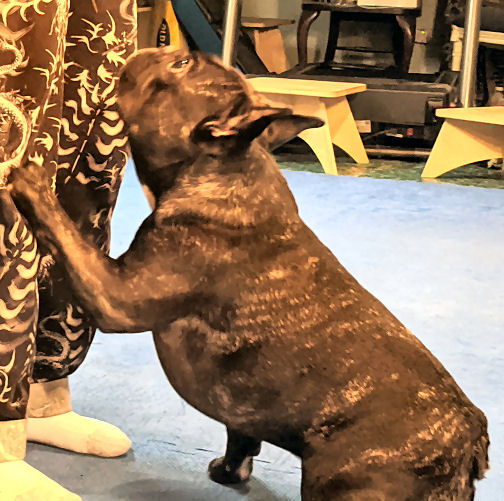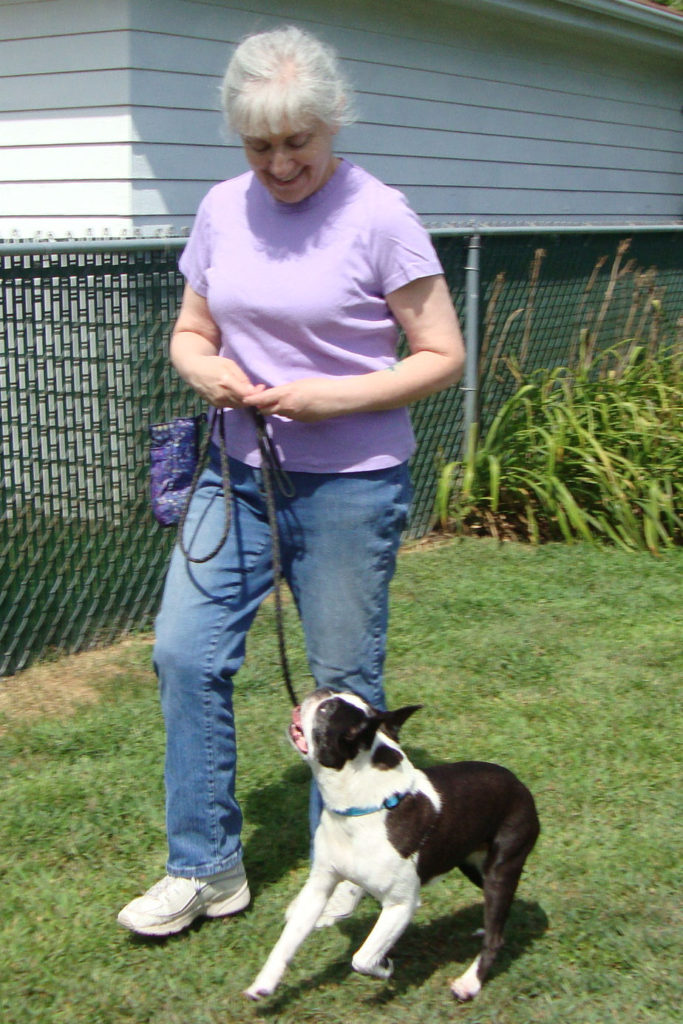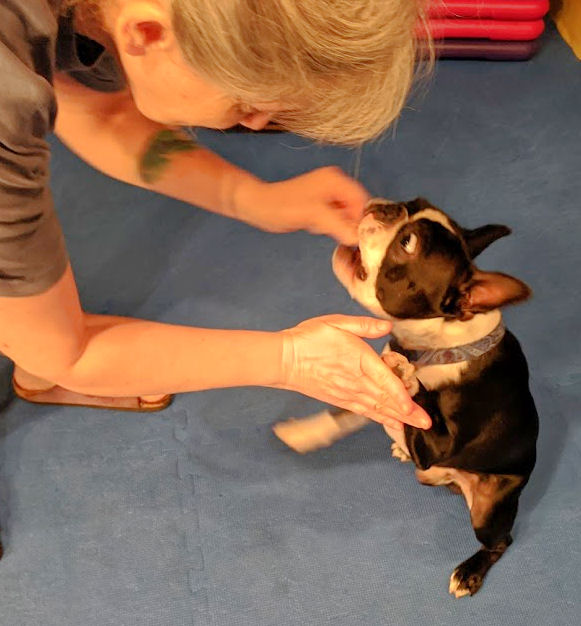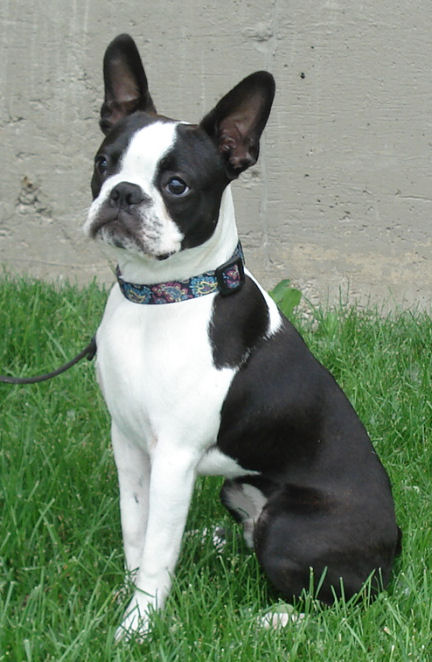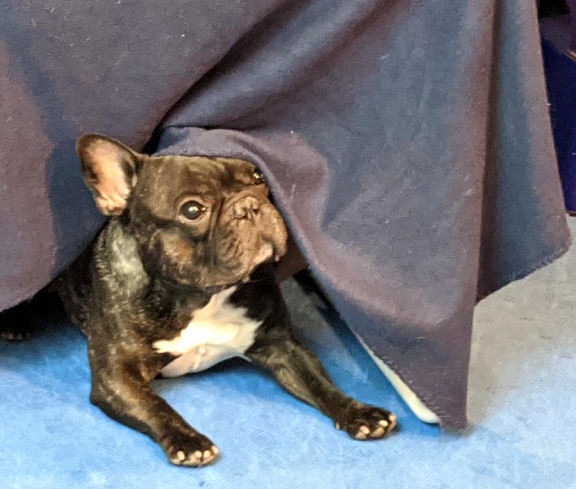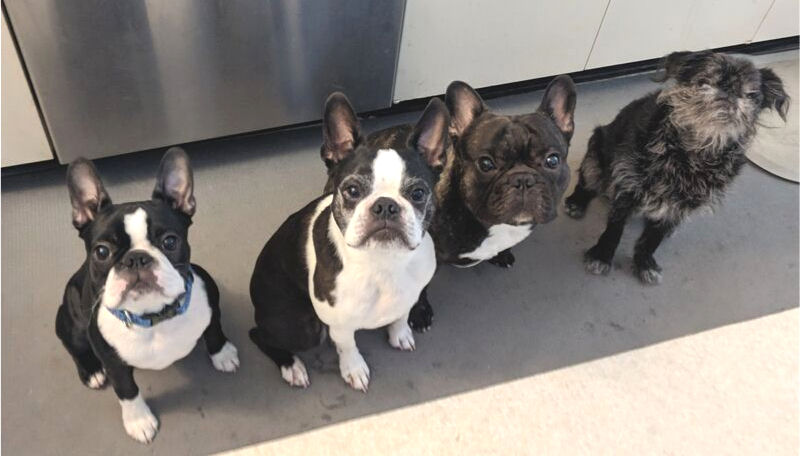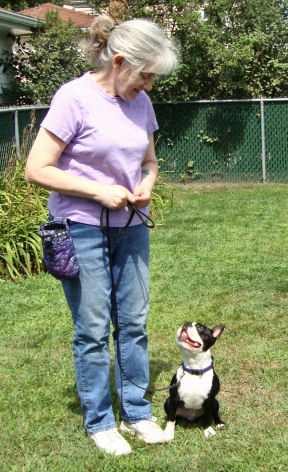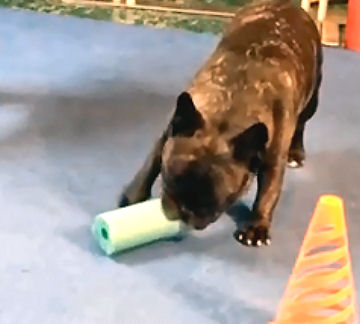Almost all the dogs in class this week were acting weirdly. Dogs that have known each other for months were acting like they’d never seen each other before. Dogs that have been poky were trotting. It seemed like none of them ever heard the word “Sit!” before. It was one of those nights. Dogs get twitchy.
Full moon syndrome
Somebody asked if there was a full moon. We never checked, but it seemed as good an explanation as any. The weather was good, the room was comfortable, nothing different was happening. But all the dogs got twitchy.
Everybody has an “off” day now and again. Including dogs. Some 2-Minute Training game sessions seem to be done in the blink of an eye. And then there are days that two minutes seems like hours.
What do you do?
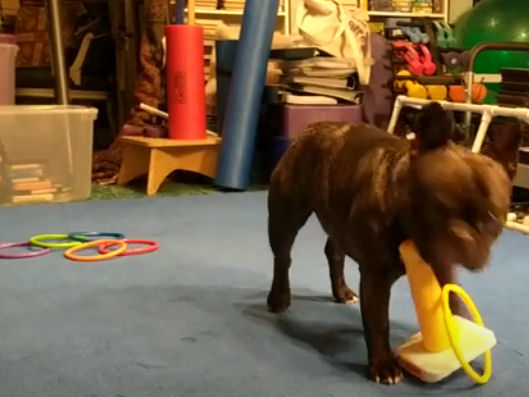
If you and your dog, or either one of you, is having an off day, go with it. If it’s “Ring Stacking Game” day, but your dog is grabbing the rings and running off to chew on them, do something else. Maybe a rapid-fire game of Puppy Pushups will get their focus back.
The point is to not persist with something that’s not working. According to Albert Einstein, the definition of insanity is to do something over and over and expect different results.
In dog training, when it happens we call it a “feedback loop.” Your dog does something that’s not right. You say “Let’s try it again” and your dog does it again the same way. Another try results in the same error.
Interrupt the twitches
At this point, your dog is entrenched in a feedback loop and it’s up to you to break the cycle. Move away, play a different game. If your dog persists, and they sometimes do, you can run away, calling your dog.
When you’re in a training class and your dog gets caught in any kind of feedback loop, recognize it and break it. If you need to step out of the room with your dog, tell your instructor your dog needs a break. And take one.
Because most of the dogs in class were twitchy, we made changes to ensure safety. The people changed positions. We structured the exercises in a different order. We all kept careful eyes on the dogs to make sure everyone stayed safe.
Nothing going on
We’ll never know why four of six dogs were twitchy this week. Despite the lack of focus and moodiness, we got lots of practice in. And no one got hurt.
It’s up to you to recognize when your dog is off, out of sorts, moody, or twitchy. Even the most easy-going dog has days like that. Fortunately, this too will pass.

